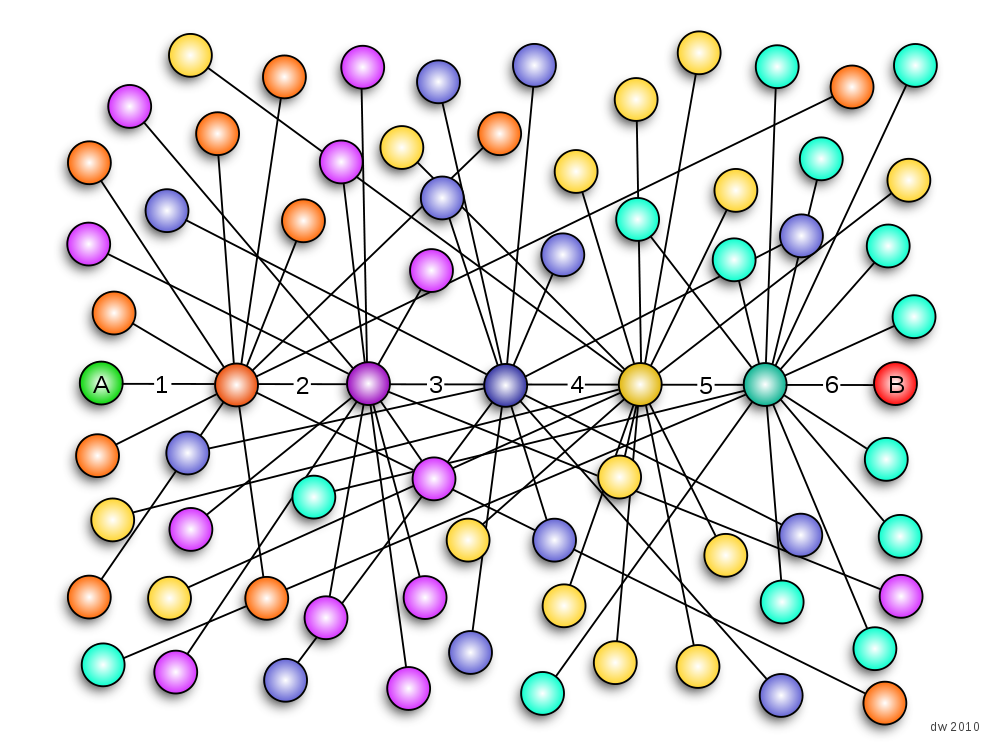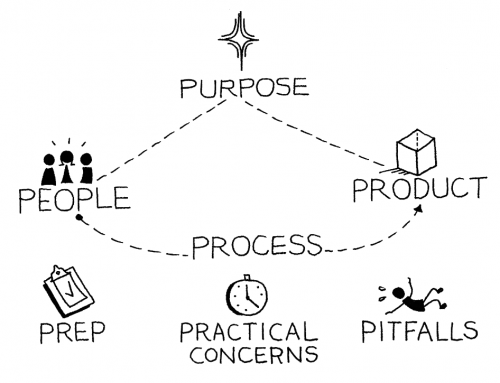Who would have thought that sharkskin could inspire a new paint for airplanes, ships and cars or that studying moth eye would lead to more energy efficient solar panels? That green algae could guide design of a low weight environmentally friendly battery or that aquaporins can be used in water filter systems? All of these and many more are projects of the Biomimicry Institute – an organization that promotes the study of nature´s designs – and also the topic of this blog – how to use orthogonal thinking to inspire science creativity.
Think out of the box
All ideas and concepts are connections of thoughts and perceptions. No idea just pops into your head without being linked to something else. To be creative and innovative you need to think out of the box; you need to connect thoughts and ideas that do not necessarily seem to be connected or make sense. You need to approach problems in new and original ways.
Brainstorming techniques
In the book Gamestorming, that I presented in a previous blog post, the authors have collected many well known and new brainstorming techniques and approaches for creative thinking. In the book they present a few different techniques that use images or objects that do not at first sight appear to be related to the problem in question or task to be presented. These techniques however will force the meeting participants to thing differently and make connections and analogies between unrelated things. They challenge the meeting participants to think unconventionally and get new and innovative ideas.
Unlikely links
You need to see links between things that do not seem related at all – as the projects from Biomimicry may appear at first. The examples that follow might make you think I´ve gone mad and question my seriousness, but I ask you to stick with me and make some crazy connections yourself to get your science creativity on a different track.
- How can a coffee pot resemble an antigen binding protein? A coffee pot has a lid. Can the antigen binding protein have some type of lid or opening that opens or closes depending on surrounding conditions?
- How can a potato be similar to chromatin? A potato cannot be eaten raw, it needs to be cooked, or modified before eaten. Chromatin needs to be modified before DNA can be transcribed.
- How can a flower have resemblance to a gel? A flower needs water to live and water travels through the stem. A gel needs a solution to work and molecules are travelling through the gel.
Make it a game
Now you have a go. Make it a game. Challenge your science creativity.
- How can an airplane be similar to your favorite protein?
- How can a flashing “walk” sign relate to a protein map?
- How can a particular lyric relate to a grant application?
- How can a busy birds nest be similar to your group meetings?
Dead ends and killer ideas
Of course there will be many dead ends with more ideas leading nowhere than somewhere. However, to get the killer ideas you need to dare to fail and dare to make the connections that look silly at first blush. Creative people dare to take risks, are not afraid of failure and they have fun. Read my previous blog post about why Life Scientists should want to be more creative and also another blog post with more tips on how you can become more creative.
If you have experienced that connections between seemingly unrelated things have turned into a good idea, please leave a comment.
Get inspiration to increase your science creativity from this video that introduces you to Biomimicry.







Leave A Comment